
Following the eastern Japan edition of festivals from all over Japan, we will introduce the western Japan edition. The best way to experience Japanese tradition and culture is to attend a festival. You will be impressed by the customs that are different from those in your home country.
Furthermore, for Japanese people, festivals are not just events for fun. Festivals have various purposes and meanings. In this article, we will introduce the festivals of western Japan, as well as the purpose of the festival and terms you should remember. Please use this as a reference if you want to fully enjoy your stay in Japan.
■What is the meaning and purpose of festivals across Japan?

Festivals throughout Japan are rituals held to give thanks to the gods. The word “matsuri” comes from Shinto and Buddhism, and means to comfort and pray to the gods, or to perform such rituals.
In Japan, there has been a concept of “8 million gods” since ancient times. This is the idea that God resides in everything in this world, including the sun, clouds, mountains, rivers, and the ocean.
These rituals to thank the gods of nature and pray for health and safety have become “matsuri” that transcend generations and are deeply rooted in people’s lives. In recent years, there has been an increase in the number of festivals being held for the purpose of respecting culture, regardless of gods, such as those celebrating history or enjoying the seasons.
■Let’s learn about the “terminology” used at festivals across Japan

Festivals across Japan have their own unique “matsuri terminology”. If you know the meanings of the terms, you will be able to enjoy the festival even more. Here, we will introduce the main ones.
Omikoshi

An omikoshi is a vehicle that the god at the shrine rides when he goes out. During the festival, the god comes out on an omikoshi and removes impurity and misfortune from the area and listens to people’s wishes.
Since omikoshi are sacred objects that the gods ride on, their shape and decorations are unique in that they are made to imitate shrines. If you look closely at the mikoshi, you’ll see that the roof looks exactly like the main hall of a shrine, and that it has a torii gate.
Omikoshi are also made to be luxurious because they represent the power and financial strength of the shrine’s parishioners. At the festival, where each town carries a mikoshi, the mikoshi from each area will be carried out, so you can enjoy the differences.
Dashi

Dashi (dashi) is a vehicle used to invite the gods from the heavens to come down to earth and offer hospitality. To make it easier for the gods to find them, prominent objects such as halberds and swords are hung on top of the floats as landmarks.
The main difference between omikoshi and floats is their purpose. While omikoshi are used to transport the gods, floats are devices used to entertain the gods. Therefore, a mikoshi has a god riding on it, and a float has a person riding on it, and they please the god with music and other music. Another difference is that omikoshi are carried by people while floats are moved by pulling them.
festival bay
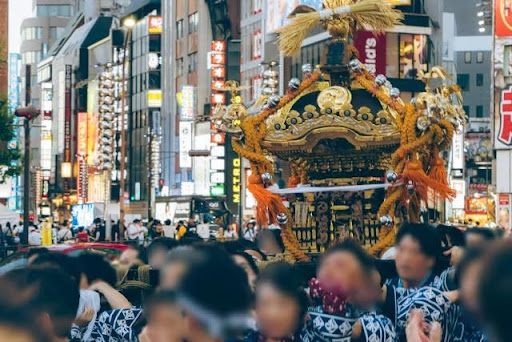
Matsuribayashi is the music played from the top of floats and floats during festivals. It is composed of drums, flutes, gongs, and other instruments, and enlivens the festival with its unique melody.
Another important role of the festival bay is to play music, announce the festival far and wide, and attract customers.
Festival music, performance methods, and the attire of the performers vary depending on the region. Tokyo’s “Kanda Hayashi”, Kyoto Prefecture’s “Kyoto Gion Hayashi”, and Chiba Prefecture’s “Sawara Hayashi” are counted as “Japan’s Three Great Festival Hayashi”.
Bon dance
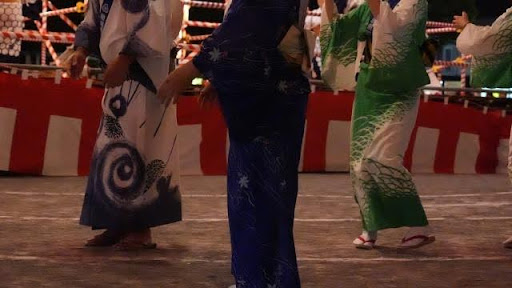
The Bon dance, which is synonymous with summer festivals, is an event to entertain and spend time with the ancestors who have returned during the Obon season. The origin of Bon Odori is said to be the Buddhist “Nen Odori.” Nen Odori is a folk performing art in which people dance while chanting Nenbutsu, and when it was associated with Obon, Bon Odori was born.
Basically, you can just walk in and participate in the Bon dance. At first, it’s okay to dance by imitating the people around you. You just repeat the same choreography over and over again, so once you memorize the basic patterns, you’ll be able to dance in no time.
■Enjoy culture and tradition! 5Recommended Festivals in Western Japan
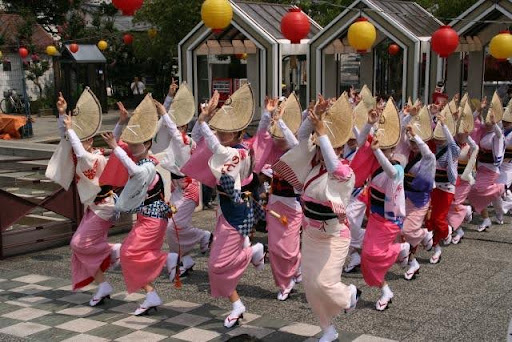
Let’s actually participate in a Japanese festival and experience its culture and traditions. From here, we will introduce five festivals that represent western Japan as part of the Western Japan edition of festivals from all over Japan.
The gorgeous and luxurious danjiri is a must-see! “Kishiwada Danjiri Festival” in Osaka
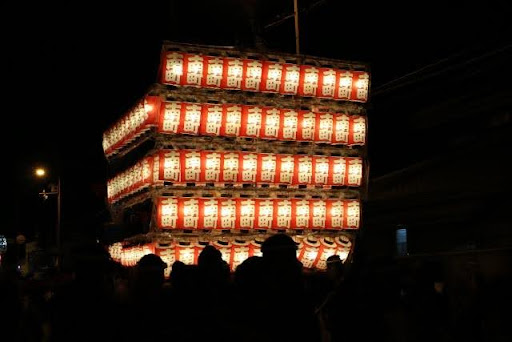
The Kishiwada Danjiri Festival is a festival with a 300-year history that began in the middle of the Edo period. Between 400 and 1,000 men pull giant floats called danjiri, which are 4 meters high and weigh 4 tons, through the city with two large ropes.
The highlight is “Yarimawashi”. This technique allows you to turn the danjiri at right angles without slowing down even when turning. At night, the Danjiri is decorated with 200 lanterns. Its fantastic and beautiful appearance is a must-see.
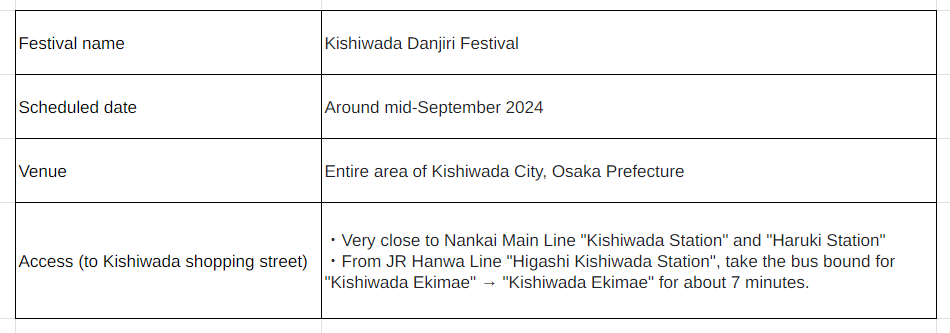
One of Japan’s three major festivals, Kyoto’s “Gion Festival”
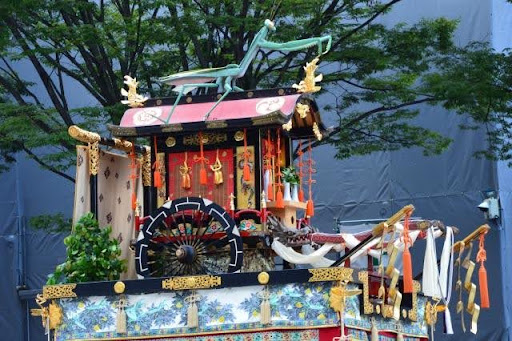
Kyoto’s Gion Festival is held for a month from July 1st to July 31st. The highlights are “Yoiyama” held from the 14th to the 16th and “Yamaboko Junko” held from the 17th and 24th. At Yoiyama, floats called “Yamaboko” decorated with Komagata lanterns add a fantastical color to the night in Kyoto. Gion Hayashi music is played throughout the city, and many food stalls are set up, so you can enjoy the festival atmosphere.
During the Yamahoko Tour, 23 ornately decorated Yamahoko floats gracefully through the streets of Kyoto. On the narrow roads, the floats pass close by, making for an impressive sight! You can also take a close look at the beautiful decorations.
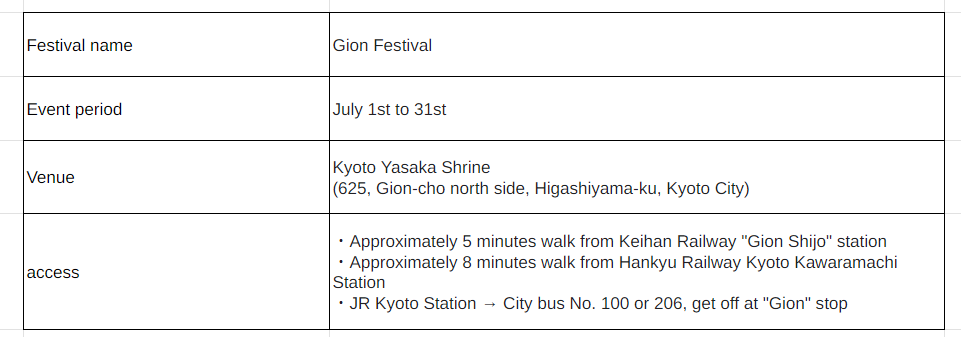
Yosakoi in Kochi, where you can be enchanted by the energetic dance
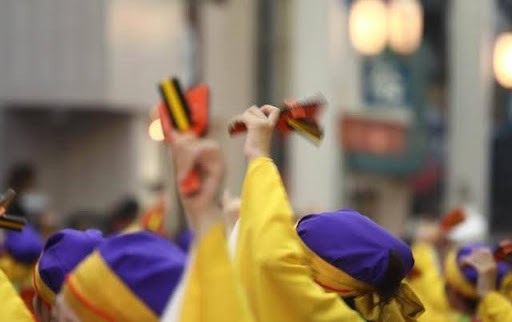
The Yosakoi Festival was born with the purpose of blowing away the post-war economic depression. It is a summer tradition in Kochi Prefecture, where 14,000 dancers dressed up in bright costumes and make-up dance around the city with musical instruments called “naruko” in hand.
You’ll never get tired of watching the dance teams as they perform performances that bring out their individuality. The gorgeously decorated trucks called “local cars” that lead the dancers are also a must-see.

One of the three major Bon dances in Japan! Tokushima’s “Awa Odori”
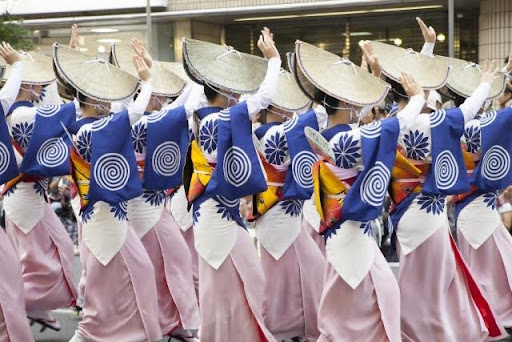
Awa Odori, danced to the phrase “Dancing idiots see idiots,” is a traditional performing art that Tokushima Prefecture is proud of, with a 400-year history. It is counted as one of the three major Bon dances in Japan, and is visited by more than 1 million tourists from Japan and abroad every year. The highlight is the dynamic dance of a group called “Ren” and the cheerful festival festival. Many people are moved by its power.
There is also a group called “Niwaka Ren” that you can jump in to, so it’s fun to participate together.

“Nagasaki Lantern Festival” brightly colors the winter night sky
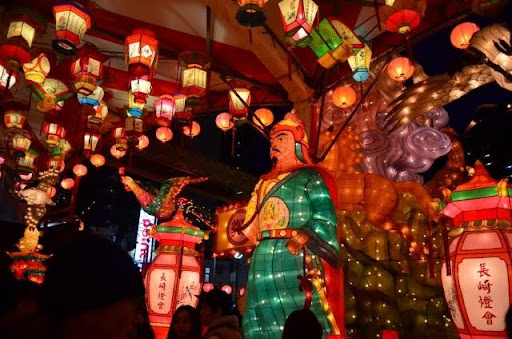
The Nagasaki Lantern Festival is a festival that beautifully colors summer nights in Nagasaki. It originally started when the people of Nagasaki Shinchi Chinatown expanded the scale of the Chinese New Year Festival to promote the region. Following the custom of displaying lanterns (Chinese lanterns) during the Lantern Festival, the city center will be decorated with approximately 15,000 beautiful lanterns.
The highlight of the festival is the Emperor’s Parade. The sight of about 150 people parading in beautiful Chinese costumes is a sight to behold. There are also many food stalls selling Chinese sweets and other food, so you can enjoy eating them while walking.
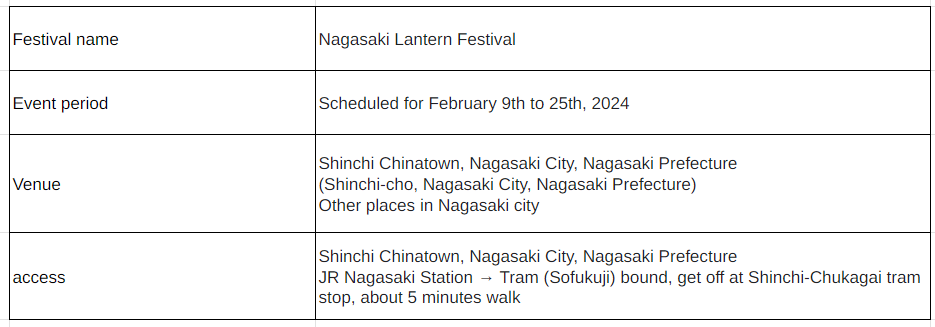
■Enjoy the festivals from all over Japan introduced in the Western Japan edition
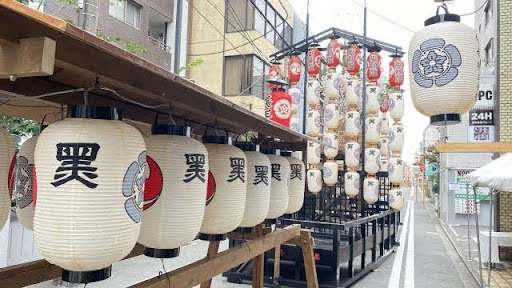
By participating in festivals around Japan, you will be able to see a new side of Japan. Also, if you participate in the festival, you will be able to experience the charm of Japan even more. In addition to the ones introduced in this Western Japan edition, various other festivals are held throughout the year in Japan.
When you visit Japan, be sure to enjoy the festival and think about Japan’s history and culture. I’m sure you’ll love Japan even more.
【Q&A】
Q What is the difference between omikoshi and floats?
A. A mikoshi is a mikoshi that the god rides when he leaves the shrine, and a float is a landmark for the god to come down from heaven.
Q What are the roots of Bon Odori?
A. Buddhism’s “Nenbutsu dance”. The dance that used to be performed while chanting the Nembutsu became associated with the Bon dance, and became the modern Bon dance.
Description
As part of the Western Japan edition of festivals from all over Japan, we will be introducing some of the most representative festivals in Western Japan. In addition to an overview of the festival, we also provide a summary of the venue and time. It also explains festival terminology. Participate in the festival and enjoy Japanese tradition and culture.

